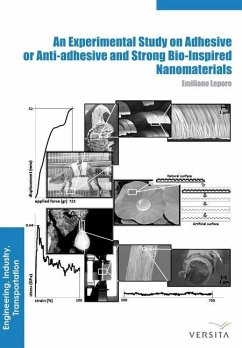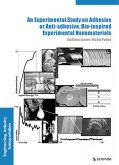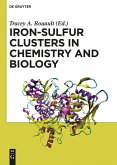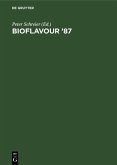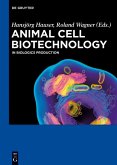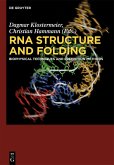Adhesive abilities of insects, spiders and reptiles have inspired researchers for a long time. All these organisms show outstanding performance, particularly for force, adhesion and climbing abilities, relative to their size and weight. Scientists have focused on the gecko's adhesive paw system and climbing abilities. Its adhesion mechanism has been an important topic of research for nearly 150 years. However, certain phenomena of geckos are still not fully understood and represent today the main challenge in several scientific discussions that aim to better understand their adhesive ability.
The manuscript deals with the influence of surface roughness on the gecko's adhesion on the inverted surface of Poly(methyl meth-acrylate) (PMMA) and glass, of PMMA with different surface roughness, on the gecko's maximum normal adhesive force.
In general, the adhesive structure and mechanism of an animal could be connected to the micro-structured roughness of natural substrata (e.g. plant surfaces) in the natural environment.
This manuscript focuses on the nanometer scale, which is involved in everything from gecko spatulae to the waxy nanotubules of the lotus leaf, to the fibroin protein materials that constitute spider silks.
In general, spider silks display superior mechanical properties, but only in the last few decades, researchers investigated various types of silks and evaluated their very different mechanical properties. The dragline and the flag silks (or radial and circumferential) of orb weaving spiders have been characterized in scientific literature while, to our knowledge, few studies have been conducted on bundles, which connect the cocoons of Meta menardi to the ceiling of caves.
Dieser Download kann aus rechtlichen Gründen nur mit Rechnungsadresse in A, B, BG, CY, CZ, D, DK, EW, E, FIN, F, GR, HR, H, IRL, I, LT, L, LR, M, NL, PL, P, R, S, SLO, SK ausgeliefert werden.

